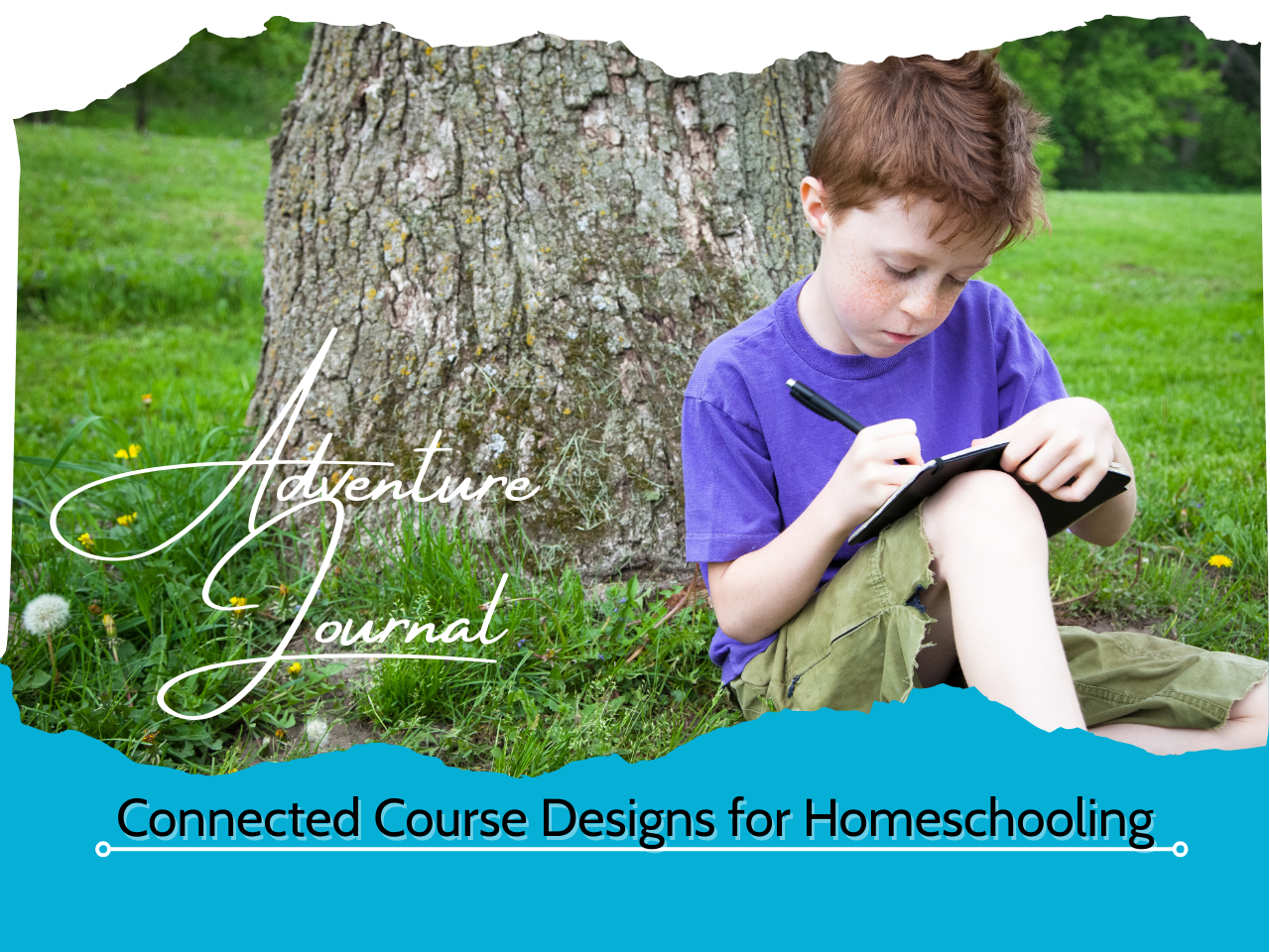
I take the hefty canvas library bag and drop it by the couch.
Our wizard-like local librarians have come through once again, delivering an overflowing duffle-sized bag filled with historical fiction, reference books, DVDs, and activity books. They have personally curated a collection of resources covering the Westward Movement Period of the United States for my third, fourth, and sixth grader.
I review everything and add a few things of my own to the list: some games, craft project ideas, and websites to explore.
The next morning, we all gather on the couch. I reach into the bag, pull out Sarah, Plain and Tall by Patricia MacLachlan, and start reading. After a while, we put that down and consult the Living in the Wild West, an Usborne Beginners Series book. Next, we gather some shoe boxes, plastic bottle caps, and other materials. The boys each make their own covered wagon as we discuss what we’ve read that morning.
While they craft, I record the Westward Movement content in our Adventure Journal using brief, abbreviated terms to note the resources used and topics covered.
While I used backward design to create the unit study, I usually documented as we went rather than pre-planning the unit day by day. The good news is that both methods work well with the Summit-First Framework.
So far, we’ve looked at the first four steps of the Summit-First Framework in this series:
That brings us to today’s topic, Step 5: Adventure Journal.
Once you have gathered your content and planned it out in the Trail Map, it’s time to execute.
If you are like me and prefer to record schoolwork as it’s done in real time, you can effectively use your Adventure Journal to do so by recording your work and resources used day by day.
You can also use it to make a daily plan, filling in each day with content and resources you intend to cover and then checking activities off as you go. I’ve created the Adventure Journal to work with both methods.
With both ways, you will reference the Trail Map you created in Step 4 of the Summit-First Framework. You can work from Trail Marker to Trail Marker until you cover them all and then complete the Learner Summit Destination activity, recording as you go.
Remember that the Trail Map isn’t set in stone; you can add to or remove from it as you work. You are likely to come across something you want to explore further and spend more time with. Or, if a particular resource isn’t working well for your children, you might discontinue its use or replace it. Consider the Trail Map the overall plan to follow that allows for the occasional detour.
You can also use the Trail Map to fill in the Adventure Journal ahead of time with daily planned studies, allowing some wiggle room for time adjustments.If you are new to homeschooling, you might try the document-as-you-go method until you get a feel for how much time it might take you to read through a narrative-form book, do activities, and consult reference works.
Unless you are on a very tight schedule, you can be flexible in how much time you allow for the unit study or course you’ve planned.
Studying the pioneers of the American Westward Movement had special meaning in our homeschool studies because when we began, homeschooling was still illegal in several states, including the one in which we started our homeschool journey. We were part of a large wagon train of homeschool pioneers laying down and improving trails for others to follow. May your journey be as adventurous!
Do you want a fillable worksheet and guide?
In the free Summit-First Framework for Homeschooling Course, I provide you with fillable forms as you learn to use all 5 steps. If you haven’t registered yet, you can do so by filling out the form below.
Do you want personal guidance?
Sign up for personal coaching by the hour or package where you get one-on-one guidance for your course creation needs.
Sign up for my mailing list below to know when new courses are available.

